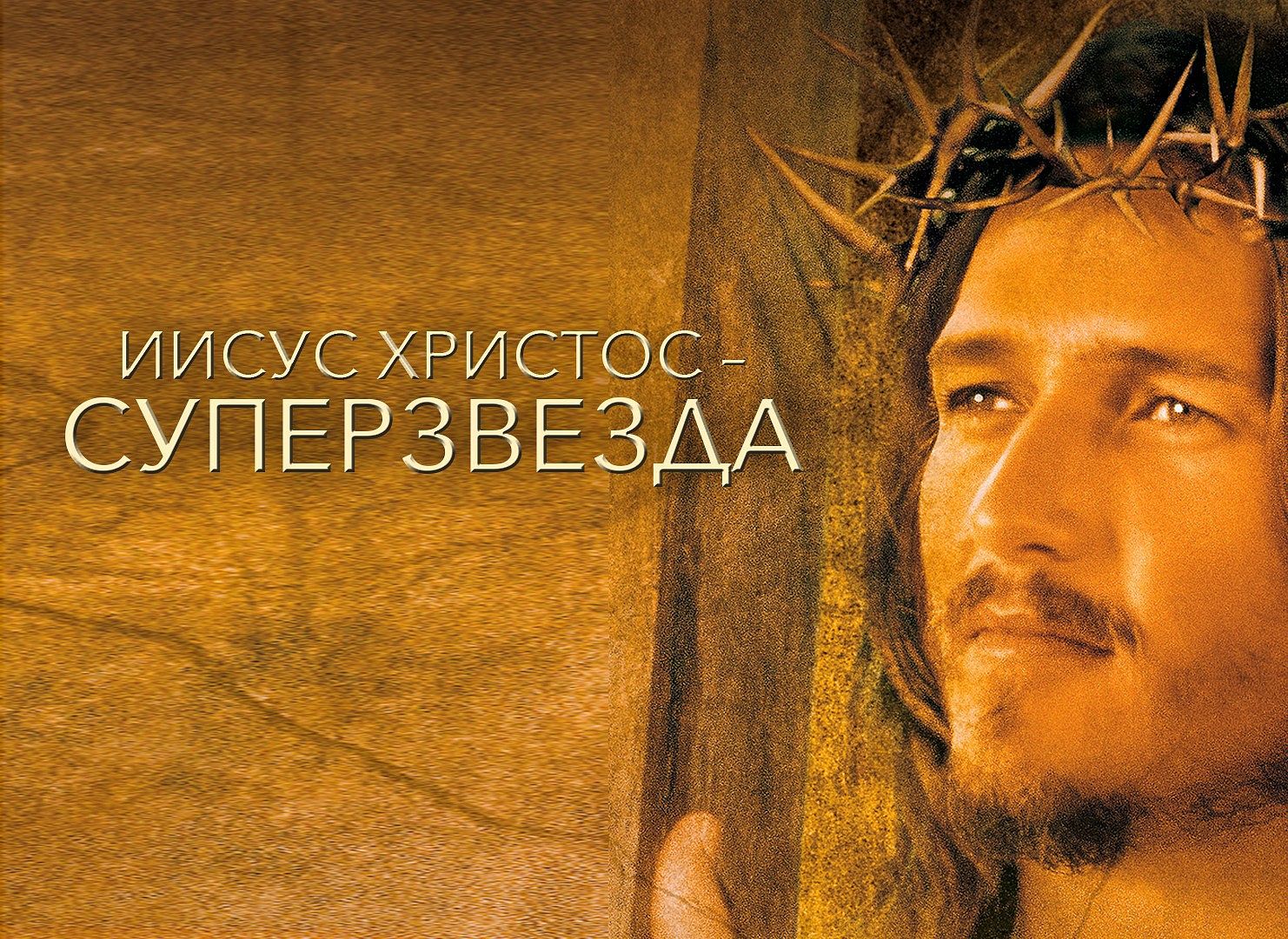Art critics of the Institute of Humanities of Altai State University have established a relationship between the rock opera "Jesus Christ Superstar" and biblical operas of the 19th century
Art historians of the Institute of Humanities of Altai State University, within the project "Biblical Historicism in Western European and Russian Opera of the 19th Century," which received grant support from the Russian Science Foundation in 2021, expanded the range of their research by turning to the cult work of the 20th century – the rock opera "Jesus Christ Superstar."
 According to a number of authoritative researchers, in the second half of the last century it was popular to modernize biblical stories, to interpret the events of Holy Scripture in an innovative way, and to create something new. Thus, in line with the spreading receptive strategy, the famous rock opera “Jesus Christ Superstar” was created, which marked the birth of a new musical genre.
According to a number of authoritative researchers, in the second half of the last century it was popular to modernize biblical stories, to interpret the events of Holy Scripture in an innovative way, and to create something new. Thus, in line with the spreading receptive strategy, the famous rock opera “Jesus Christ Superstar” was created, which marked the birth of a new musical genre.
Art critics of the Institute of Humanities of Altai State University – the project developer, an associate professor of the Department of Arts of the Institute of Humanities of Altai State University, Candidate of Art Criticism Olesya Mikhailova and the scientific supervisor of the project, Director of the Institute of Humanities of Altai State University, Doctor of Art Criticism, Professor Larisa Nekhvyadovich, in the course of the research work, received a factual justification that when creating the famous rock-opera, the method of creative reception was used.
“The most important role in biblical operas of the 19th century is played by the display of personal psychological dramas of the heroes on the way of their choice between good and evil, righteousness and sin. This eternal opposition of the polar principles becomes decisive in the formation of multifaceted dramatic processes in the rock opera of Andrew Lloyd Webber and Tim Rice,” explains the developer of the project Olesya Mikhailova. “Almost all the fundamental principles of biblical musical drama of the 19th century can be traced in Superstar. Among them, for example, is the active use of choral scenes, which are often located at key dramatic stages. In the rock opera "Jesus Christ Superstar" crowd scenes are also predominant – the choir participates in 15 scenes out of 25. At the same time, as in the operas of the era of romanticism, in Superstar the choir is an active and multifunctional protagonist of the musical drama. Here it is transformed either into a team of like-minded apostles, then into jubilant fans-followers glorifying Christ, then into poor cripples demanding healing, or into mocking accusers insisting on a cruel execution. From the 19th century, the principle of differentiation of the choral score also came to rock opera.”
Another example of a receptive dialogue between the biblical musical drama of the 19th century and the rock opera of the 20th century can be traced in the common approach to the musical interpretation of figurative spheres. For example, negative characters in the biblical operas of the Romantics were usually depicted through dance genres associated with the idea of the triumph of sin. In the rock opera, the negative group of characters (Caiaphas, the Sanhedrin, Herod and his retinue) is exaggeratedly presented through dance jazz and rock and roll, and the musical characterization of Herod is given through the rhythms of the foxtrot.
“The creative interpretation of the image of the Savior in rock opera is largely based on the traditions laid down by Anton Rubinstein in his sacred drama “Christ”. It was in this work that for the first time in the operatic genre the emphasis was placed on the human nature of Jesus Christ. The interpretation of the main New Testament image in Rubinstein's opera is frankly secular, not religious. His Christ is not God, but the chosen one of God, a teacher of morality and ethics, mercy and honesty. Lloyd Webber and Rice deepen the image of Christ even more, showing him as a person full of doubts and tragic forebodings,” emphasizes Olesya Mikhailova.
The new research work of the art critics of the Institute of Humanities of Altai State University entitled “Creative Reception of the Biblical Musical Drama of the 19th Century in E. L. Webber’s Rock Opera Jesus Christ Superstar, according to Larisa Nekhvyadovich, is an opportunity to show the significant role of traditions and continuity with specific examples in art, and, in particular, in musical dramaturgy.
“When we talk about forms of manifestation of creative reception, such as changing the original image of a classical work, giving it a modern style, then, of course, we mean an in-depth study of artistic phenomena in the field of creative industries and contemporary art. The creative reception of the biblical musical drama of the 19th century in the rock opera Jesus Christ Superstar clearly shows us the general laws of the dialogue of generations existing in art, and indicates the bonds that connect historical traditions with modernity. This is another unique feature of the project "Biblical Historicism in Western European and Russian Opera of the 19th Century", thanks to which, for the first time in the history of musicology and art criticism of Altai Krai, we have the opportunity to explore the historical heritage of world opera and now even rock opera art based on biblical stories," – summed up Larisa Nekhvyadovich.